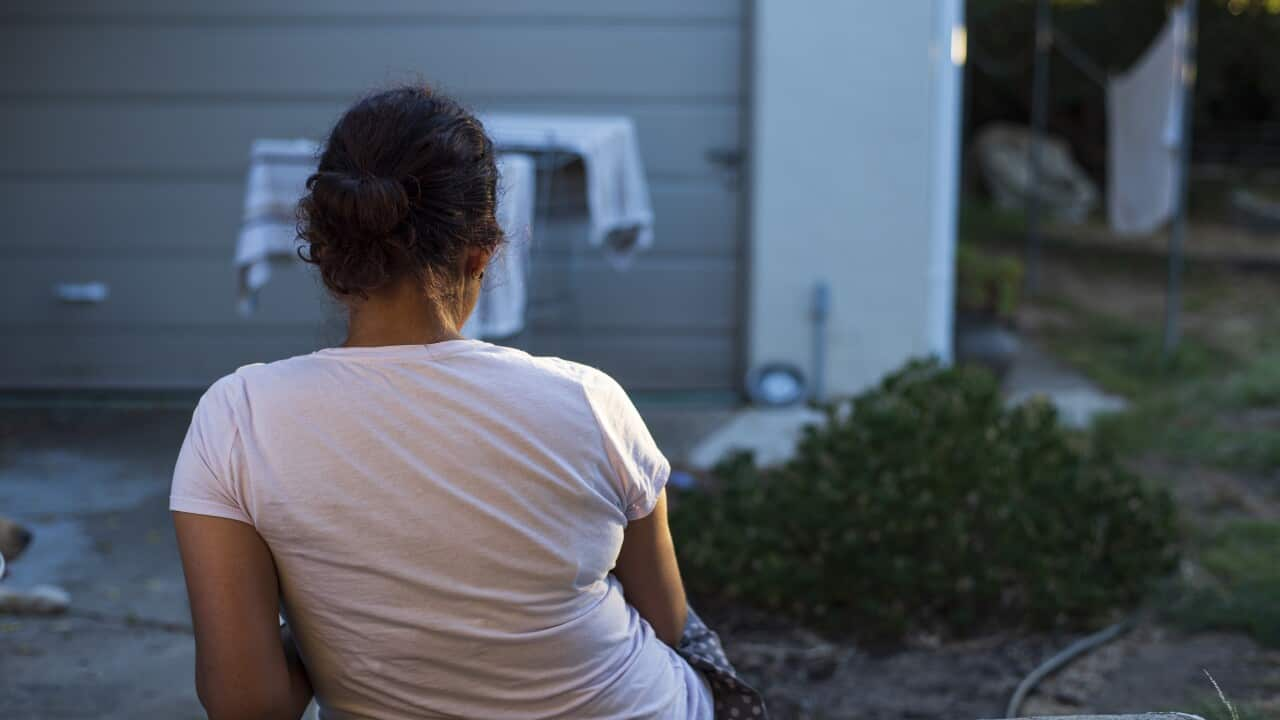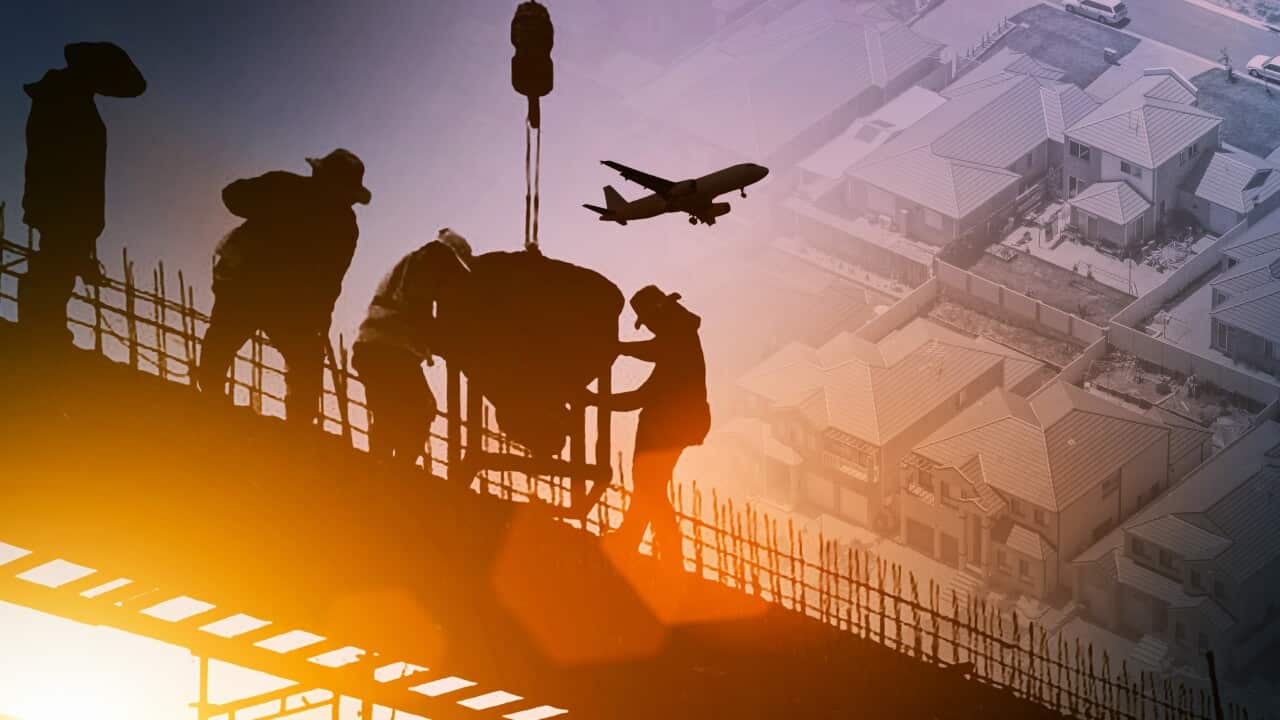Doors have been locked, desperate people at risk of homelessness turned away and phone calls left unanswered, as frontline homelessness services reach capacity across the country.
That's the finding of a new report which has found the number of Australians at risk of homelessness has surged 63 per cent to three million, with Victorians overwhelmingly contributing to that number.
Impact Economics surveyed 23 specialist homelessness services over two weeks in September and unearthed extreme measures services take to manage overwhelming demand.
Over that period, there were 200 hours where services had to close their doors, 325 hours of unanswered phone calls, and 666 urgent emails staff could not reply to.
"This is somebody at [their] darkest point, reaching out for help," report author and Impact Economics principal Angela Jackson told SBS News.
"[When] that call goes unanswered it would be a pretty harrowing feeling of hopelessness."
The report estimated that between 2016 and 2022, the number of Australians at risk of homelessness increased by 63 per cent, representing between 2.7 and 3.2 million people. A key driver, it found, was the 17.9 per cent increase in people experiencing rental stress since the 2021 Census.
"The housing crisis has just become an absolute housing emergency and homelessness support services are just buckling under pressure," Homelessness Australia CEO Kate Colvin said.

Analysis of homelessness risk factors shows that many more people meet the risk criteria in 2022 than in 2016. Source: SBS News
"Demand versus supply [in Victoria] is like looking at a seesaw in which the weight is heavily down one end," Anglicare Victoria CEO Paul McDonald told SBS News, describing the surge as "relentless" .
"We're seeing a new demographic of the young adult seeking housing ... We're seeing women and their children, victims of family violence."
'They have to say no'
For the people who manage to make it through the doors of homelessness services, support workers are faced with an impossible choice.
"There's a lot of triaging that has to go on," Jackson from Impact Economics said.
"Effectively what's happening is people are coming in facing homelessness, but there isn't enough long-term housing for them to go into.
"So, they're staying in services for longer, which means there's less emergency accommodation available."
The report found families with children seeking emergency accommodation were not provided help about one in every five days, while people without children were turned away every one in two days.
Unaccompanied minors were turned away one in every nine days.
"Do you say yes to the mum with two small kids who has nowhere to go that night, or to another mum who has a car?" Colvin said.

Homelessness Australia CEO Kate Colvin said homlessness is "a problem for everyday Australians, striking into the heart of people's ability to keep up with the cost of living". Source: AAP / Mick Tsikas
"Everyone needs safe accommodation, but they have to say no."
A 'sustained' housing crisis
Rental stress is a big driver of the surge in homelessness.
since mid-2022, the report highlighted, driven by changing demand for housing and insufficient supply of affordable rental housing.
It's left renters with fewer options — with a greater competition for rental stock.
According to the report, there are an estimated 312,000 low-income households experiencing rental stress in NSW, an increase of 38,900 since the 2021 Census.
There are a further estimated 229,000 low-income households in rental stress across Victoria.

Average rents have been climbing across Australia, increasing the number of households that are experiencing rental stress. Source: SBS News
"We see that the funding of specialist homelessness services has, the programs have been withdrawn in recent times in [the] post-pandemic period.
"[While] the social housing build is important, it is in many cases just replacing existing stock rather than building new stock," she said.
Rental stress is a documented risk factor that leaves people vulnerable to what Colvin calls a "negative shock".
"You have the vulnerability of a person because they have risk factors like a low income … then the negative shock is the life event that happens like losing a job, experiencing family violence, or you're discharged from hospital," she said.
Rent assistance and an increased supply of social and affordable housing are well-documented solutions to the housing crisis, as suggested by the report.
But in the short term, Jackson said frontline services need more funding to look after people who could not wait for long-term answers.
With additional reporting by Australian Associated Press.












